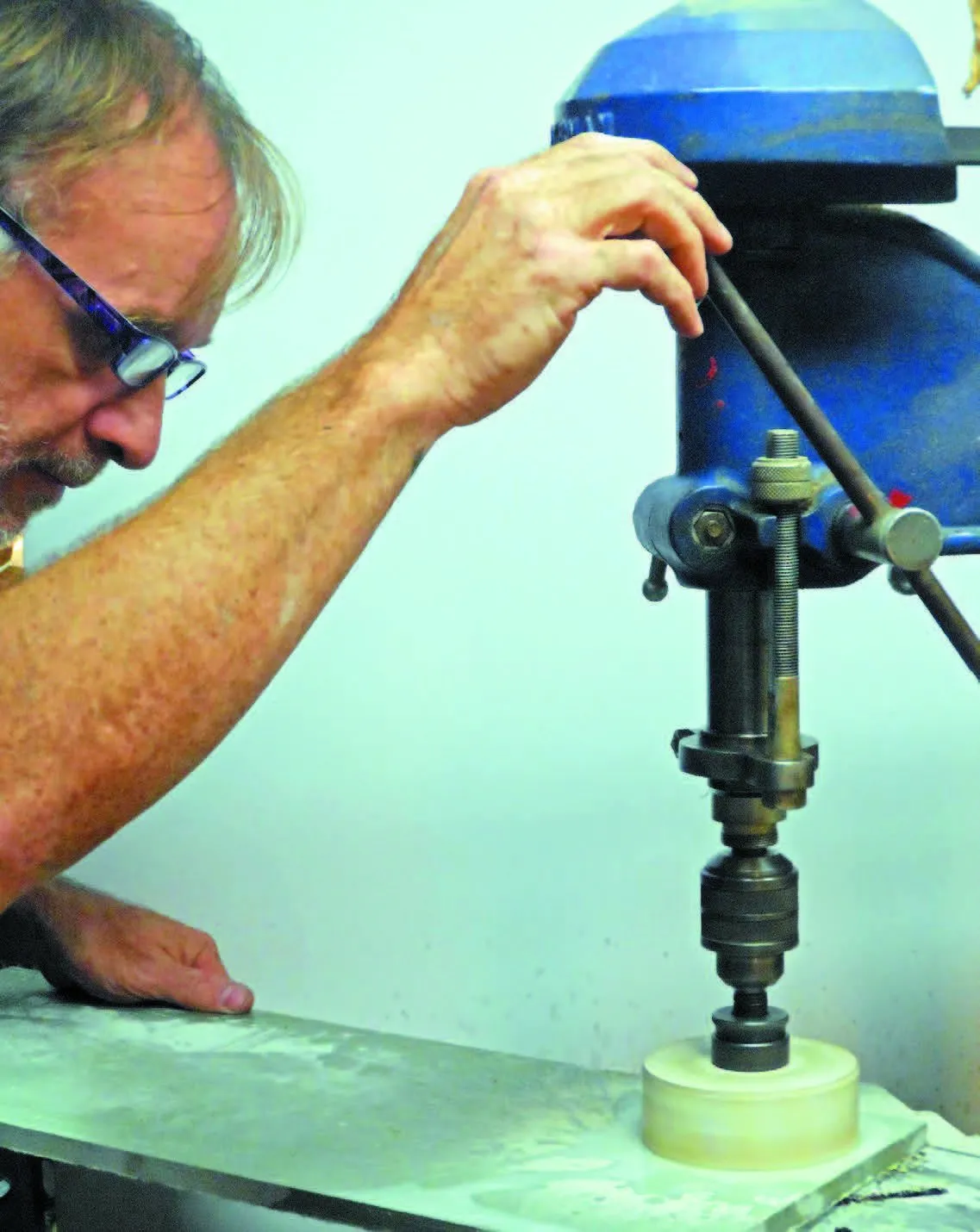Testing Winches with Dale
Part 2 of our winch test this month brought back fond memories of the man who helped steer me into my position as Practical...
Making a Do-it-Yourself Jerry Can Drip Catcher
The previous owner of our test boat swore by using a funnel. Of course, the funnel was too small to catch nozzle leaks, reduced...
Winch Grease Corrosion Tests
When it comes to most mechanical things-like wheel bearings on a car-its miles that wears em out, as my grandfather used to say. And...
Winch Servicing Basics
While using the right winch grease is important, servicing the winch before the grease turns to gum, washes out, or the pawls start to...
Unsticking Molds
Our boats are molded, heart and soul, from fiberglass resin. And while sailors will argue for hours over the best splice, multi-function display, or...
How big does a backing plate need to be?
How big of a backing plate do you need for your new winch? Genoa track? How about for your keel bolts? What is the...
Loading Up Backing Plates
Our deck core samples for testing duplicated the deck core of our test boat, a 32-foot PDQ catamaran. Some other boat cores will be...
Pot Skirt: DIY Cooking in the Wind
The writers and editors at Practical Sailor are perpetual tinkerers-always looking for creative, do-it-yourself solutions to even the smallest onboard problems. We figure our...
Epoxy Fairing Compounds, Part One
Breathing life into an older fiberglass boat always entails more work than was expected, but for a person with the time, skill, and do-it-yourself...
Testers Check Epoxy Sandability, Adhesion, and More
Testers evaluated sandability, resistance to sag, cure time, and adhesion using sample fiberglass panels with 3-by-3-inch test swatches. The fairing compounds were applied and...
















































